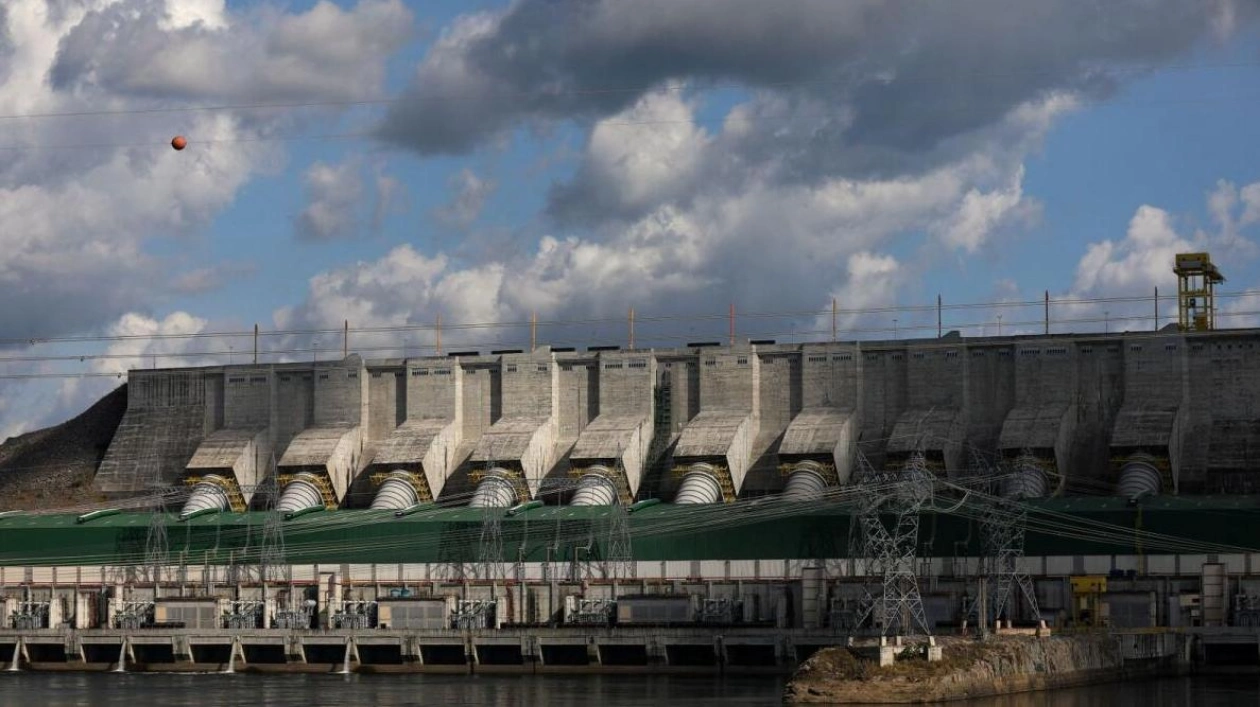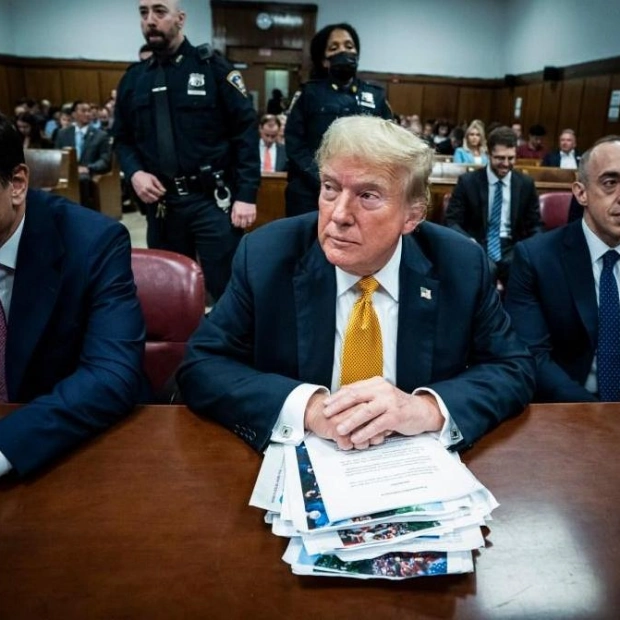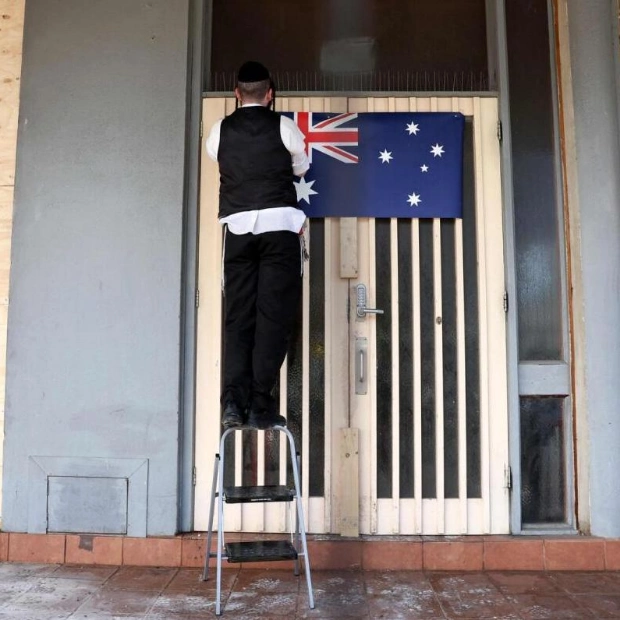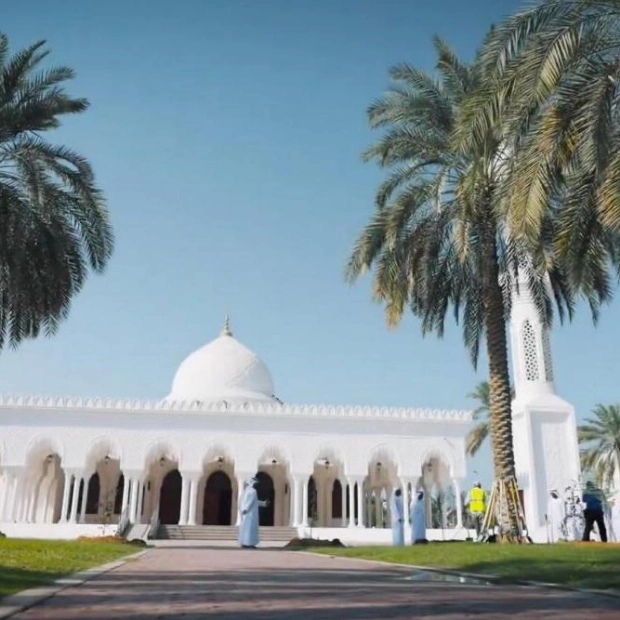Santo Antônio is one of three mega dams situated deep within Brazil's lush Amazon rainforest, once celebrated as the future of the country's green energy production. These 'run-of-river' mega dams, which rely on natural river flows rather than water from towering reservoirs, were Brazil President Luiz Inácio Lula da Silva's vision for a sustainable future during his tenure in the 2000s. Santo Antônio, Jirau, and Belo Monte were constructed in the Amazon despite significant opposition from environmental groups and have since become some of the most powerful dams in the country. Belo Monte, which began operations in 2016, boasts the fourth-largest capacity globally.
However, these mega dams are currently operating far below their potential due to record-low river levels caused by a severe drought in the Amazon, underscoring the increasing challenges posed by climate change to Brazil's green ambitions. 'Unlike with old power plants, the river is the boss; if it gets too dry, it stops working,' explained a guide who led tourists around the Santo Antônio dam earlier this year. In early September, Santo Antônio had to deactivate 43 of its 50 turbines as river levels approached a historic low, and it had to shut down completely for two weeks in October 2023 due to the drought.
In September, the three mega dams operated at only a fraction of their full capacity, exacerbating a long-standing issue where hydropower companies have consistently failed to meet the 'minimum assured energy' output stipulated in their contracts with the government. According to government data, Santo Antônio operated at less than 10% of its capacity in the first 20 days of September, Jirau at 5%, and Belo Monte at less than 3% of its full potential. This is in stark contrast to the equivalent period in 2021, when heavy rains in the Amazon allowed Santo Antônio and Jirau to operate at around double their current capacity.
Experts warn that the situation is likely to worsen as droughts become more frequent. 'Studies indicate that severe drought periods will become more frequent in all regions of Brazil,' said Norte Energia, the company operating Belo Monte, in an interview with the Thomson Reuters Foundation. A 2015 government report predicted that Brazil's energy potential from natural river flows could decline by 7% to 30% by 2030.
Hydropower constitutes 47% of Brazil's energy capacity, making it the cornerstone of Lula's ambition to transform the country into a net exporter of green energy, or as he envisioned, the 'Saudi Arabia of renewable energy in 10 years.' However, the underperformance of the Amazon's mega dams raises questions about the government's green strategy. Since their inception in the 2010s, Santo Antônio, Jirau, and Belo Monte have never met the 'minimum assured energy' output stipulated in their contracts with the federal government, according to a Thomson Reuters Foundation analysis.
As river levels drop, hydropower companies are forced to purchase electricity from other producers in the spot market, often at considerable financial cost, to fulfill their contractual obligations. If water levels do not improve in the coming years, 'those (Amazon) power plants will go bankrupt,' warned Mário Daher, an energy sector consultant. In response to declining output from the Amazon's mega dams, authorities have increasingly turned to polluting and costly fossil fuels, with the government currently constructing 15 additional gas-powered plants.
Meanwhile, an August report co-authored by the non-profit Institute for Energy and the Environment (IEMA) proposes using solar and wind energy to convert smaller hydropower dams into 'pumped storage hydropower dams.' This concept involves using solar and wind energy to fill water reservoirs during sunny and windy periods, which can later be used to generate electricity when solar and wind energy are unavailable. Solar and wind energy have been rapidly growing in Brazil over the past five years, now accounting for 29.4% of the country's energy capacity.
The output of Santo Antônio, Jirau, and Belo Monte could also be enhanced by constructing more dams along the river, as originally planned. However, this proposal is controversial given the opposition to the original dams and their disappointing performance. Environmentalists argue that the construction of these dams has contributed to deforestation, loss of biodiversity, and displacement of tens of thousands of Brazilians.
Despite these challenges, Lula's new government has reignited discussions with Bolivia to build a new mega dam on the Madeira river, which could boost output at Jirau and Santo Antônio while minimizing environmental impact in Brazil. 'It seems to be the right moment to make that dam happen,' said Vinícius Oliveira da Silva, a researcher at the non-profit Institute for Energy and the Environment.






